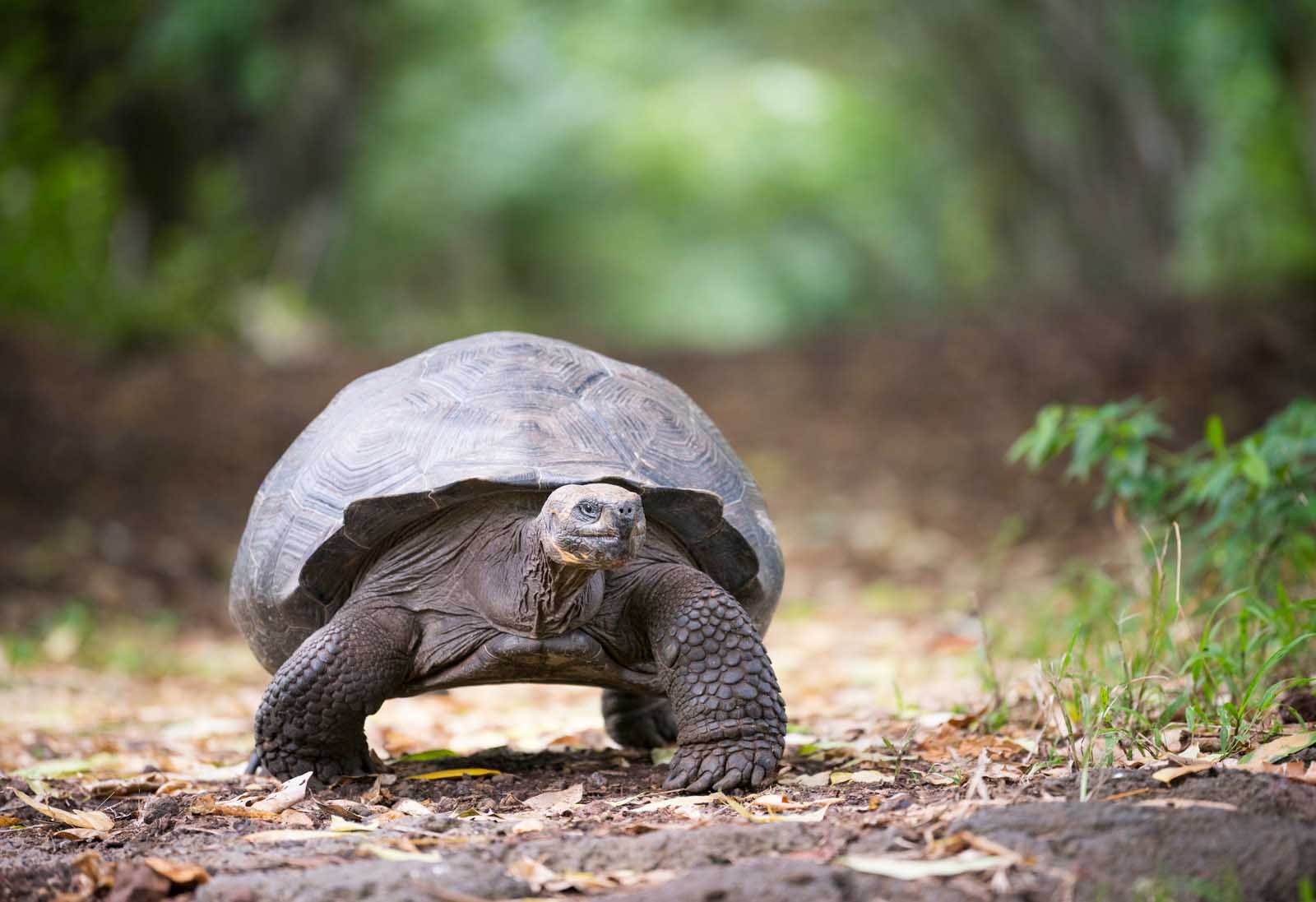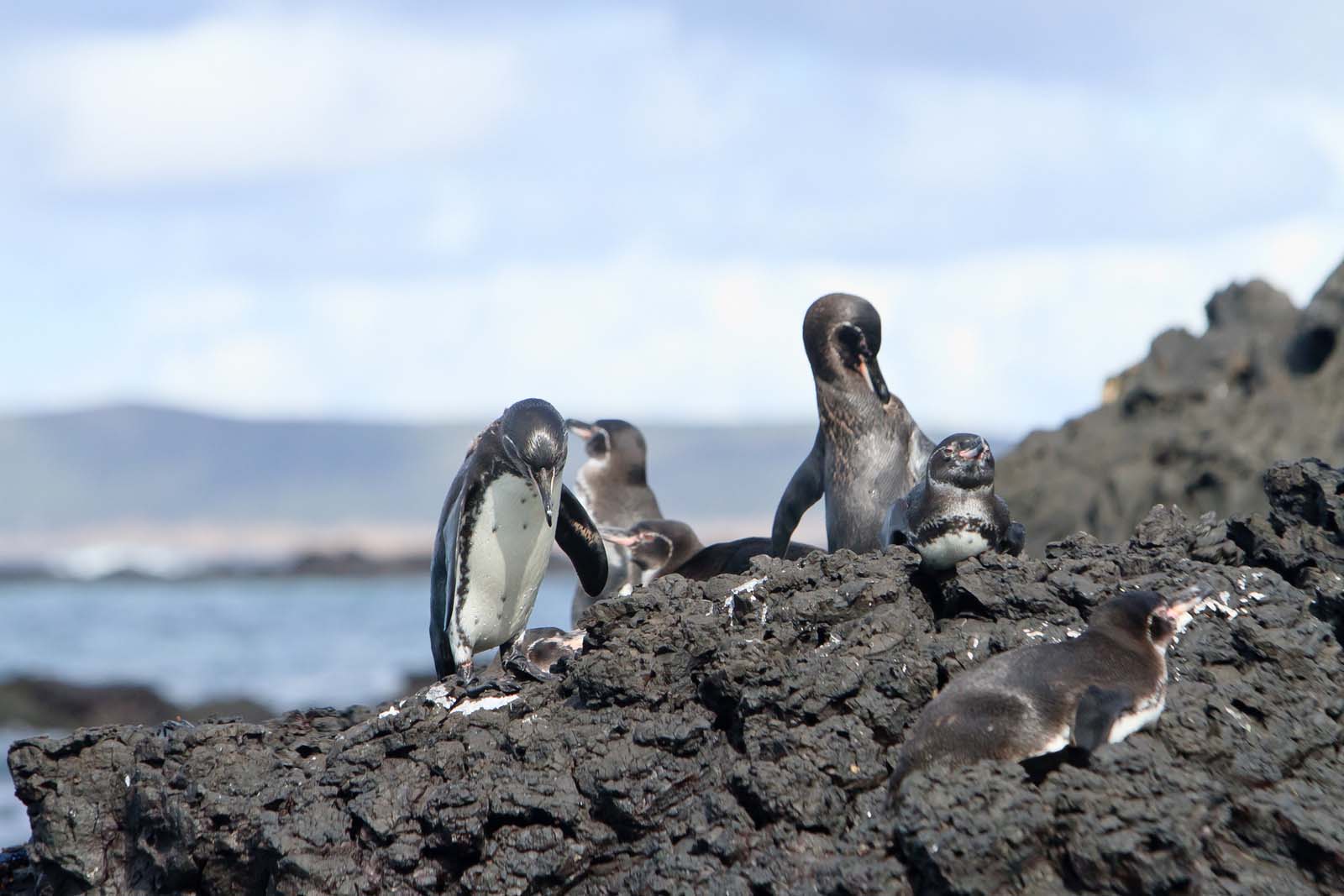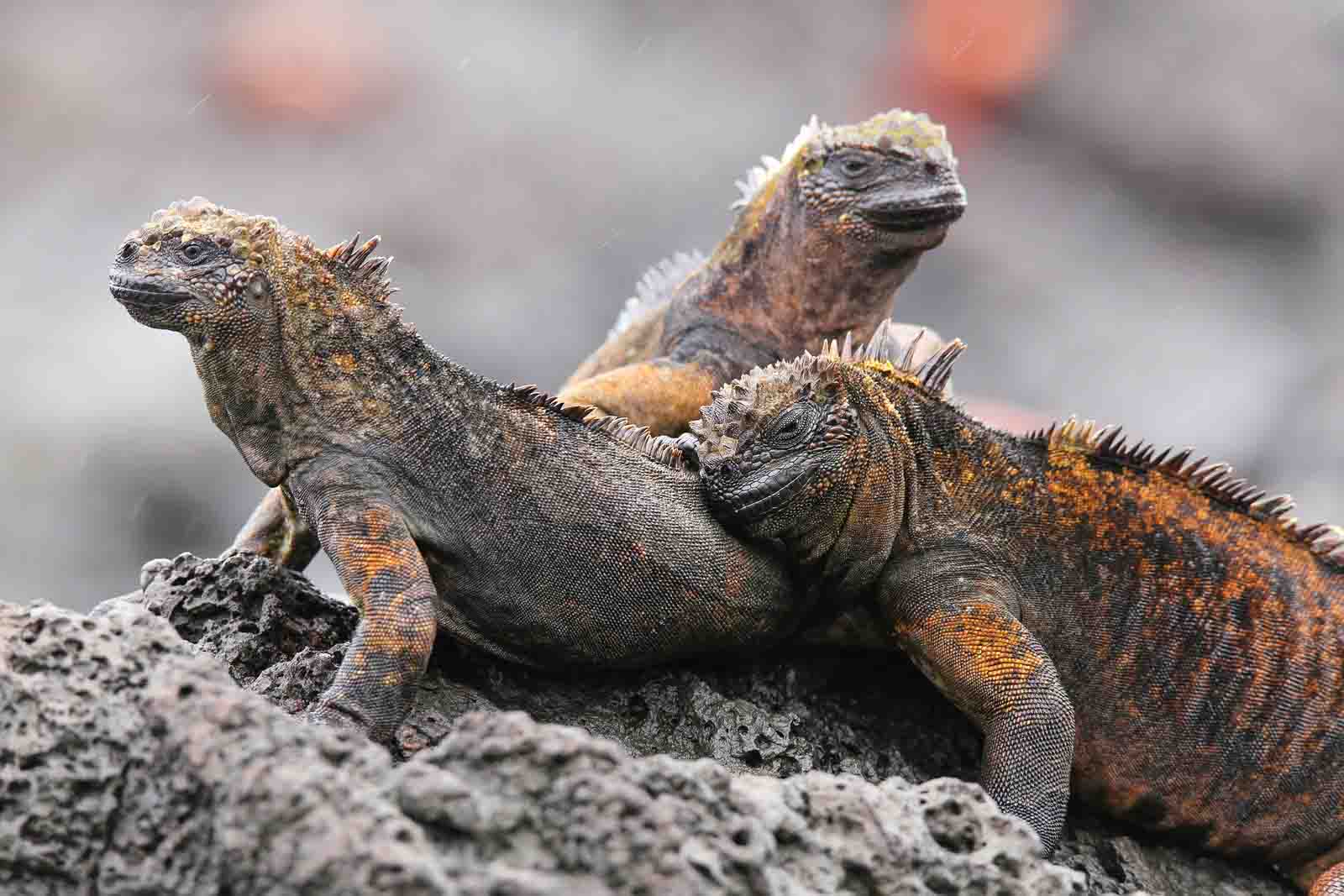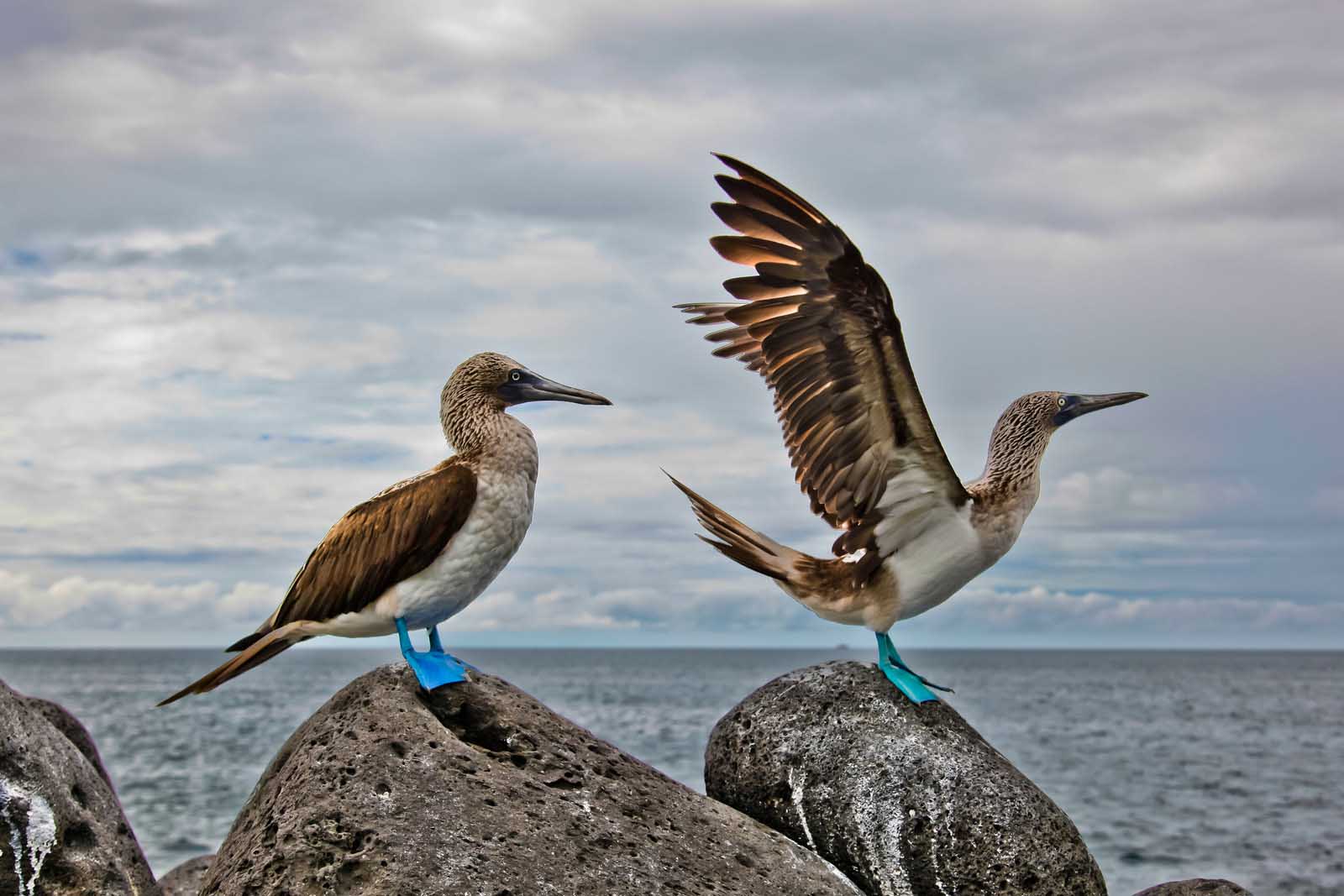
10 Surprising Facts About the Galápagos Islands | Travel News
A Living Evolutionary Exhibit
The Galápagos Islands are often described as a "living laboratory of evolution," a testament to Charles Darwin’s pivotal observations during his 1835 visit. These insights laid the foundation for his theory of evolution by natural selection. The islands host an array of species uniquely adapted to their environments, exemplified by the famed "Darwin's finches." The diverse beak shapes of these birds, tailored to their diets, illustrate evolution in action. Visiting the Galápagos is like stepping into a real-world display of nature's evolutionary process.
Guardians of Time: The Giant Tortoises
Among the islands’ wonders is the Galápagos giant tortoise, a creature reminiscent of ancient eras. These massive reptiles can live over 150 years, with some reaching up to 400 kilograms in weight. Their slow, deliberate movements reflect resilience and longevity, as they navigate landscapes rich in resources. Visitors might encounter these gentle giants basking in the sun or traversing the undergrowth, embodying the enduring spirit of the Galápagos ecosystem.

Volcanic Birthplace
The Galápagos archipelago emerged millions of years ago from underwater volcanic eruptions, offering a dramatic display of Earth’s creative forces. Even today, some islands remain volcanically active, showcasing the planet’s dynamic nature. Contrasts between fresh volcanic terrain and flourishing ecosystems highlight the islands’ ongoing transformation, providing a rare glimpse into geological processes still shaping the world.
Equatorial Penguins

Defying expectations, the Galápagos penguin thrives near the equator, far from Antarctica’s icy landscapes. This species, the only penguin to live north of the equator, has adapted to the islands’ warmer climate by utilizing shaded areas and cool ocean currents. Observing these remarkable birds interacting with sea lions and navigating the shores offers a charming and unexpected glimpse into evolutionary adaptability.

Contrasting Climates
Though part of the same archipelago, the Galápagos Islands each present distinct climates and ecosystems. Some are arid, while others feature lush highlands teeming with plant life. This diversity arises from variations in topography and sea currents, creating unique environments where different species flourish. Exploring the contrasts among these islands reveals the intricate interplay between geography and biodiversity.
A World Heritage Treasure
Designated a UNESCO World Heritage Site in 1978, the Galápagos Islands are recognized for their pristine ecosystems and unparalleled biodiversity. Conservation efforts, including visitor limits and species protection programs, ensure the islands’ delicate balance is maintained. This commitment to preservation serves as a global model for sustainable environmental stewardship.
Ocean-Foraging Lizards
The marine iguana, the world’s only sea-diving lizard, epitomizes the Galápagos’ extraordinary adaptations. Feeding on algae beneath the ocean’s surface, these reptiles have evolved to withstand cold waters and extended dives. Watching them bask on volcanic rocks before diving into the sea exemplifies the remarkable evolutionary innovations found here.

The Iconic Blue-Footed Booby
The blue-footed booby, a symbol of the Galápagos, captivates with its vividly colored feet. These bright blue appendages play a crucial role in mating displays, as males perform intricate dances to attract partners. This species highlights how evolution shapes traits for reproduction, adding to the islands’ vibrant ecological narrative.

Seasons Shaped by Currents
The unique climate of the Galápagos is driven by the Humboldt and Cromwell currents, which influence the wet and dry seasons and sustain the islands’ ecosystems. Warm waters from December to May support marine life, while nutrient-rich cooler currents in the following months attract diverse wildlife. Understanding these currents offers insight into the natural forces shaping the islands.
A Model of Eco-Tourism
The Galápagos Islands exemplify eco-tourism, balancing visitor experiences with conservation. Strict regulations minimize human impact, and guided tours emphasize education and appreciation of the islands’ natural wonders. This sustainable approach ensures the Galápagos remain a beacon of ecological harmony, inspiring a deeper respect for nature’s treasures.

